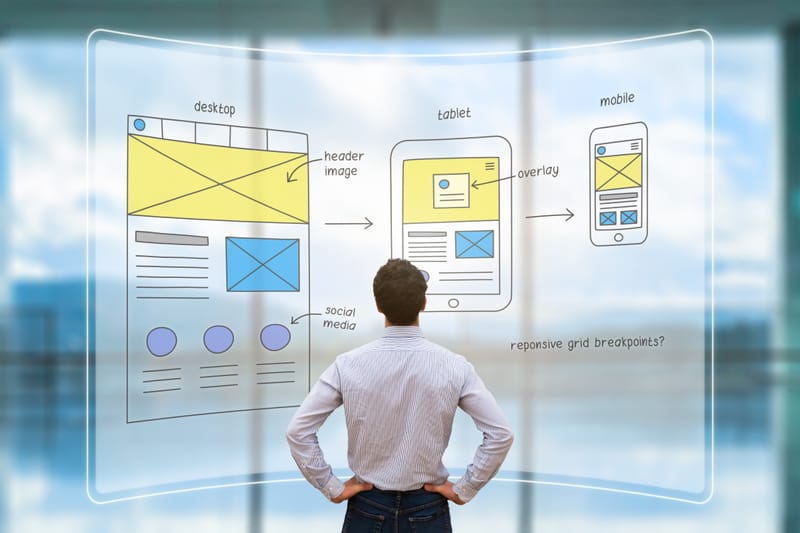APP DEVELOPMENT PROCESS

1. Idea & Validation:
Find a Problem: Identify a real-world problem or unmet need your app can solve.
Market Research: Analyze the competition. Are there similar apps? What are their strengths and weaknesses?
Target Audience: Define your ideal user. Who are they? What are their needs and behaviors?
Value Proposition: Clearly articulate the unique value your app offers. Why should users choose yours?
2. Planning & Design:
Features List: Determine the core functionalities of your app. Prioritize features based on user value.
User Interface (UI) & User Experience (UX) Design: Create wireframes and prototypes to visualize the app's flow and user interaction.
Monetization Strategy: Decide how you will generate revenue (e.g., in-app purchases, subscriptions, advertising).
Technology Stack: Choose the right programming languages (e.g., Swift, Kotlin, React Native) and development tools.
3. Development & Testing:
Development: Build the app according to the design and specifications.
Testing: Conduct rigorous testing on various devices and operating systems (iOS, Android) to identify and fix bugs.
Alpha & Beta Testing: Get feedback from a small group of early users (alpha) and then a larger group (beta) before official release.
4. Launch & Marketing:
App Store Submission: Prepare your app for submission to relevant app stores (Apple App Store, Google Play Store).
App Store Optimization (ASO): Optimize your app's title, description, and keywords to improve visibility in search results.
Marketing Campaign: Launch a marketing campaign to promote your app (e.g., social media ads, content marketing, influencer marketing).
5. Post-Launch & Iteration:
App Store Updates: Regularly update your app with new features, bug fixes, and performance improvements based on user feedback.
Monitor App Store Analytics: Track key metrics like downloads, user engagement, and revenue to understand app performance.
Gather User Feedback: Continuously collect and analyze user feedback to identify areas for improvement.
Key Considerations for Success: User-centric Approach: Focus on creating a user-friendly and enjoyable experience.
High-Quality Design: Invest in a visually appealing and intuitive design.
Effective Marketing: Reach your target audience and generate awareness.
Continuous Improvement: Regularly update and refine your app based on user feedback and market trends.